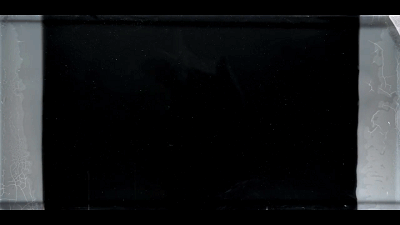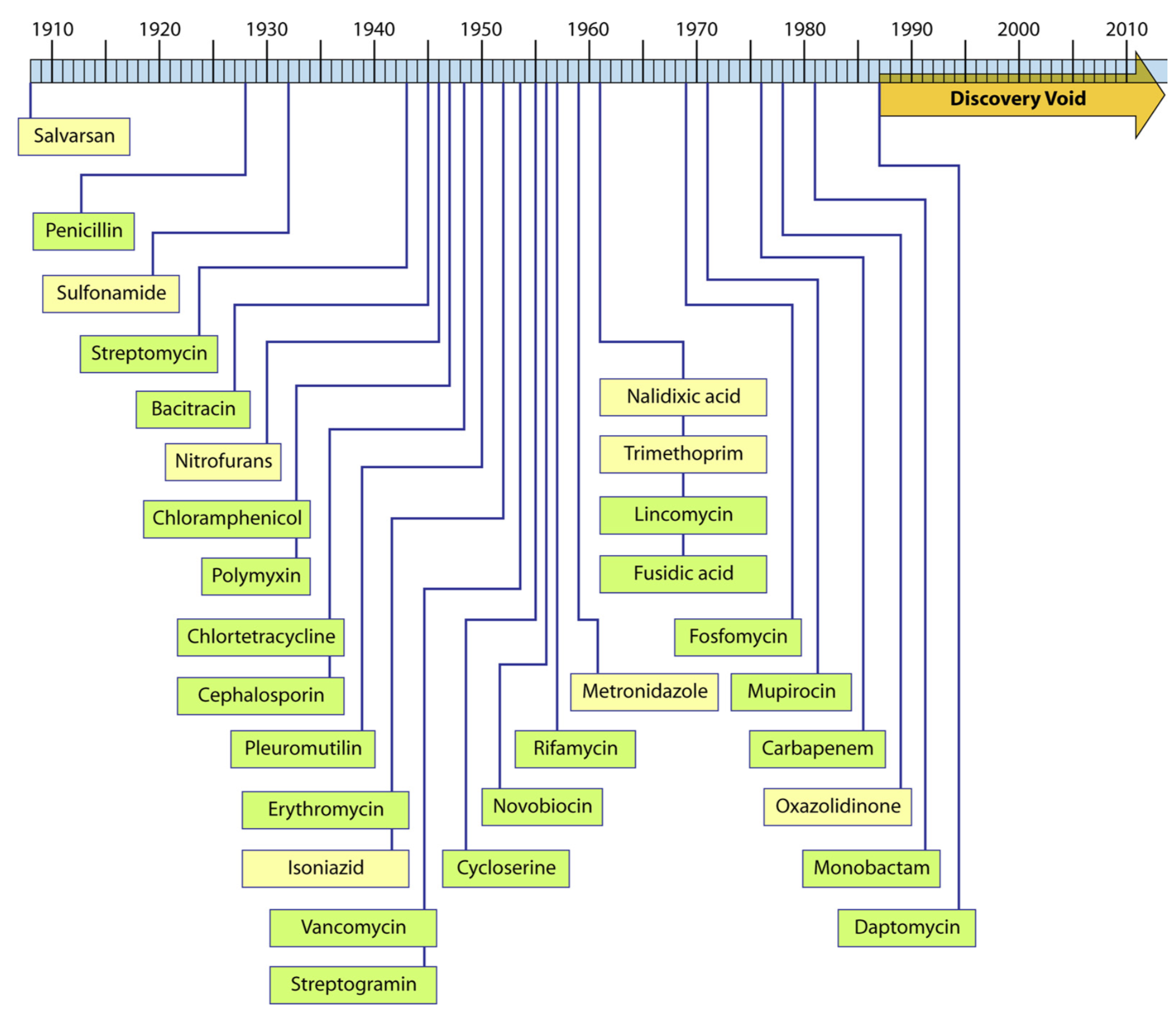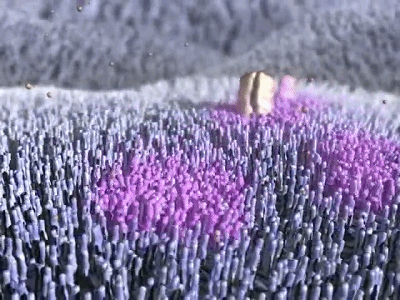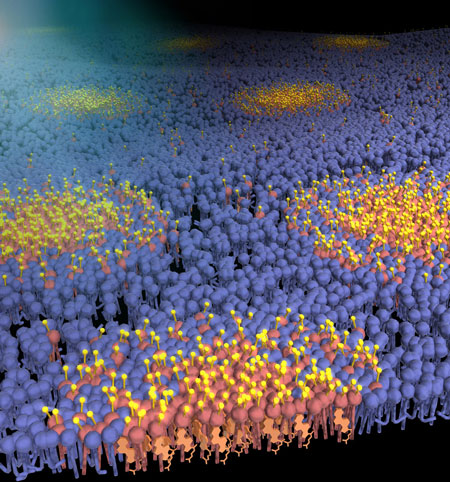A major breakthrough in Cell: Scientists have confirmed for the first time that statin lipid-lowering drugs can skillfully remove the resistance of "super bacteria" November 14, 2017 Source: singularity of net original article: BioTalker In 1928, Alexander Fleming discovered penicillin, which opened the history of antibiotics to save humanity. However, after several years of use of this antibiotic, some Staphylococcus aureus was forced to evolve a beta-lactamase that specifically degraded antibiotics. Not long after, about 50% of Staphylococcus aureus infections have been ineffective with penicillin (1). In order to kill this part of Staphylococcus aureus, in 1959, scientists developed a new type of penicillin antibiotics. However, the good times did not last long. Two years later, in 1961 (2), the United Kingdom first reported the highly resistant methicillin-resistant Staphylococcus aureus (MRSA) that tolerated all penicillin antibiotics at the time. Two years to get an antibiotic, it seems that the bacteria have left a lot of time for human scientists. Is the truth really like this? In September last year, Science published a study on the evolution of bacterial resistance between Harvard University and the Israel Institute of Technology (3). Their research has caused an uproar in society. Because they found that under laboratory conditions, E. coli produced resistance against 1000 times the original lethal dose, only 10 days. A similar phenomenon was observed when the researchers switched to an antibiotic. And the video they recorded for the research process was even more shocking. The medium of black matrix is ​​divided into five concentration gradients (0-1000 times) from the two sides to the middle. The white bacteria on the medium are gradually growing from the two sides to the middle (the antibiotic concentration is from high to low). see it? In just 10 days, they can achieve 1000 times, or even 100,000 times the original lethal dose of resistance (3). Humans have discovered a new type of antibiotic, which takes less than a year or two, and more than a decade (4). Even worse, since 1990, humans have found little new antibiotics (5). The World Health Organization announced in September this year that it "confirmed that the world's antibiotics are on the verge of exhaustion" (6). Antibiotic birth timeline (4) According to the World Health Organization, MRSA has spread widely in the world. More than 90% of infections in many areas are caused by MRSA. Moreover, the risk of death of MRSA infection is about 64% higher than that of common S. aureus (7). ). The form is not very optimistic! There is not much time left for humans. Just as MRSA was rampant, constantly attacking the city and picking up new antibiotics, it was accidentally planted at the foot of statins. Yes, you are not mistaken, that is the statin that lowers blood fat. Recently, the joint research team of Spain and Germany published their heavy research results in the top journal Cell magazine (8). Add a touch of positive energy to the upcoming World Antibiotic Awareness Week (November 13-19). Daniel Lopez is an expert in the field of bacterial infection. When he was a professor at Harvard Medical School in 2010, he independently discovered the cell membrane of Bacillus subtilis in the microbial membrane field under the guidance of Roberto Kolter. There are "lipids" similar to eukaryotes (9). Professor Daniel Lopez Lipids float on the cell membrane like moving islands, which are closely related to membrane signal transduction and protein sorting, and play a very important role in the life process of cells. The destruction of lipid rafts is associated with a variety of human diseases, including Alzheimer's disease, Parkinson's disease, and cardiovascular disease (10). Floating on the cell membrane lipid raft (pink) However, it is not clear to the academic community whether there is a similar "lipid" on the prokaryote of bacteria. Lopez and his mentor demonstrated that the surface of bacterial cell membranes not only have functional areas similar to "lipids" (FMMs), but they also found proteins involved in signaling and transport in bacterial FMMs. At the same time, they also found that if the bacteria destroying FMMs will affect the formation of bacterial cell membranes and protein secretion, but does not affect the viability of the bacteria. However, at this time, Lopez is still unclear about the specific physiological functions of FMMs. So since it is the thing you found yourself, just decrypt it yourself. After nearly seven years of hard work, Professor Lopez's team finally solved the specific structure of FMMs. They found that the lipids that make up the FMMs are not the phospholipids that make up the cell membrane, but a special carotenoid-derived lipid that is well distinguished by cell membrane staining. In addition, they observed the existence of FMMs using advanced imaging techniques. Zooming in under the microscope, you can clearly see the existence of FMMs Perhaps the most exciting part of Professor Lopez's team is that they found the PBP2a protein on FMMs. The main reason why Fleming discovered that penicillin can be sterilized is that penicillin binds to the PBP protein on the surface of bacteria, and one of the functions of this protein is to promote the synthesis of bacterial cell walls. Therefore, once penicillin is bound to PBP, S. aureus loses its ability to divide and proliferate. The stabbed dead Staphylococcus aureus really can't stand the penicillin antibiotics. Until one day, a Staphylococcus aureus accidentally obtained a gene called mecA from other microorganisms, which encodes a PBP2a protein that also synthesizes cell walls (1). And it is the PBP2a protein that makes penicillin antibiotics no longer able to start against Staphylococcus aureus. The simulation of FMMs, those that are red, green and green are Scientists now know that PBP is like a dead hedgehog that will not be huddled in danger, but will expose its white belly. A penicillin is destined to hang. The foreign hedgehog PBP2a is different. They appear on the cell membrane in pairs. They hide their active sites deeply and see where your penicillin antibiotics come from. a ha ha ha. . . Previous studies have suggested that bacterial resistance is related to FMMs, which was confirmed by Professor Lopez's team. Is it possible to make a fuss here to solve the MRSA resistance problem? Beautiful lipid raft (yellow) picture: RIKEN Synthetic Organic Chemistry Laboratory "Since we already know that proteins related to bacterial resistance are in FMMs, we can eliminate bacterial resistance by destroying these areas," Professor Lopez said. "We designed a molecule that successfully destroyed FMMs. We really eliminated the resistance of these bacteria." (11) Professor Lopez said this molecule is a statin molecule. The reason why statins are selected is mainly because the synthesis of lipids and cholesterol constituting FMMs requires the mevalonate pathway, and the statin lowers blood lipids by inhibiting this pathway. In this way, statins erroneously destroy FMMs on bacterial cell membranes. Once the statin molecules destroy the basic structure of the FMMs, and without the roots, PBP2a cannot be held together, and their active sites are exposed again. At this moment, MRSA changed from penicillin-resistant antibiotics to intolerance. When there are FMMs, PBP2a is juxtaposed and resistant to penicillin; After the FMMs are destroyed, PBP2a cannot be polymerized, and MRSA is sensitive to penicillin.    In fact, as early as 2001, some people found in clinical research that statins are helpful for the treatment of infections (12), and many teams have observed this phenomenon in the following years (13,14,15). . However, it has also been suggested that statins do not have this effect (16, 17). At the time, this inconsistent clinical result left the researchers at a loss. In this regard, the researchers said that this phenomenon is actually normal, because the destruction of FMMs by statins depends on the mevalonate pathway, but not all bacteria have this pathway (18). With the results of this study, the researchers suggest that methicillin combined with statins may be considered for the treatment of MRSA-induced infections. "We have opened a new direction for overcoming super bacteria," Professor Lopez said. "And this treatment is not easy for bacteria to develop new resistance. Because statins do not put pressure on MRSA to survive, so they don't Will promote new types of drug resistance." Reference materials: 1. Fishovitz, J., Hermoso, JA, Chang, M., and Mobashery, S. (2014). Penicillin-binding protein 2a of methicillin-resistant Staphylococcus aureus. IUBMB Life 66, 572–577. 2, Jevons, MP (1961) Celbenin resistant staphylococci. BMJ 1, 124–125. 3. Michael Baym et al, Spatiotemporal microbial evolution on antibiotic landscapes. Science 09 Sep 2016: Vol. 353, Issue 6304, pp. 1147-1151. 4. Silver, LL Challenges of Antibacterial Discovery. In Clinical Microbiology Reviews, 2011, 24: 71-109. 5. http://apps.who.int/iris/bitstream/10665/258965/1/WHO-EMP-IAU-2017.11-eng.pdf?ua=1 6. http:// 7. http:// 8. Daniel Lopez et al, Membrane Microdomain Disassembly Inhibits MRSA Antibiotic Resistance. 2017, Cell 171, 1–14. 9. Daniel López1 et al, Functional microdomains in bacterial membranes. Genes & Dev. 2010. 24: 1893-1902. 10. Michel V, Bakovic M. 2007. Lipid rafts in health and disease. Biol Cell 99: 129–140. 11, https:// 12. Liappis, AP, Kan, VL, Rochester, CG, and Simon, GL (2001). The effect of statins on mortality in patients with bacteremia. Clin. Infect. Dis. 33, 1352–1357. 13. Falagas, ME, Makris, GC, Matthaiou, DK, and Rafailidis, PI (2008). Statins for infection and sepsis: a systematic review of the clinical evidence. J. Antimicrob. Chemother. 61, 774–785. 14. Lopez-Cortes, LE, Galvez-Acebal, J., Del Toro, MD, Velasco, C., de Cueto, M., Caballero, FJ, Muniain, MA, Pascual, A., and RodrıÌguez-Ban, J (2013). Effect of statin therapy in the outcome of bloodstream infections due to Staphylococcus aureus: a prospective cohort study. PLoS ONE 8, e82958. 15, Parihar, SP, Guler, R., Khutlang, R., Lang, DM, Hurdayal, R., Mhlanga, MM, Suzuki, H., Marais, AD, and Brombacher, F. (2014). Statin therapy reduces The mycobacterium tuberculosis burden in human macrophages and in mice by enhancing autophagy and phagosome maturation. J. Infect. Dis. 209, 754–763. 16, Bergman, P., Linde, C., Putsep, K., Pohanka, A., Normark, S., Henriques-Normark, B., Andersson, J., and Bjorkhem-Bergman, L. (2011). Studies on the antibacterial effects of statins–in vitro and in vivo. PLoS ONE 6, e24394. 17. Wan, YD, Sun, TW, Kan, QC, Guan, FX, and Zhang, SG (2014). Effect of statin therapy on mortality from infection and sepsis: a meta-analysis of ran- domized and observational studies. Crit . Care 18, R71. 18. Heuston, S., Begley, M., Gahan, CG, and Hill, C. (2012). Isoprenoid biosynthesis in bacterial pathogens. Microbiology 158, 1389–1401. Surgical Drape And Equipment Cover Nonwoven Surgical Drape,Disposable Surgical Drape,Disposable Surgical Pack Kits,Sterile Surgical Medical Drape ShaoXing SurgeCare Medical Products Co., Ltd. , https://www.sxsurgecaremedical.com








